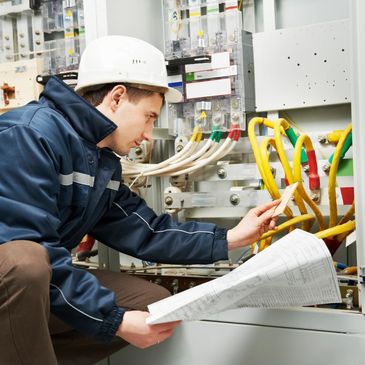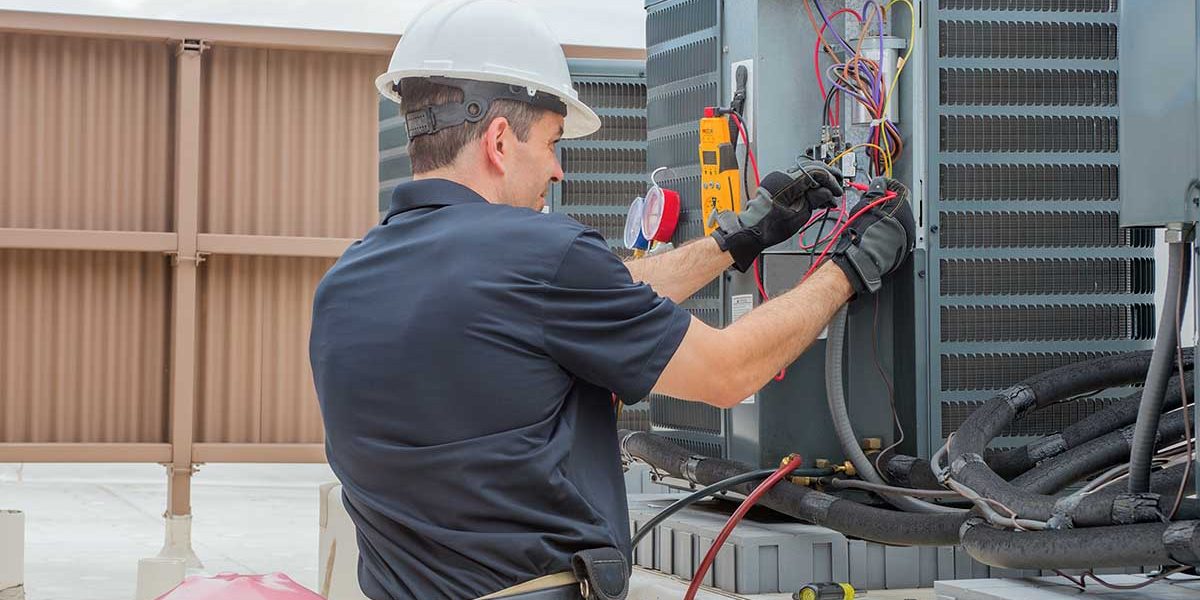The Significance of HVAC Installation: Secret Factors To Consider for a Comfy Indoor Setting
The installation of a Heating and cooling system is an important part in achieving an energy-efficient and comfy indoor environment. Factors such as the viability of the system for details building needs, proper sizing to circumvent ineffectiveness, and the expertise of contractors for a high quality setup play critical functions. The adoption of advanced innovations can significantly boost system efficiency.
Choosing the Right System

When picking a cooling and heating system, it is critical to assess the capacity required to effectively heat or cool the room without exhausting the system, which can lead to raised wear and functional costs. Consulting with a specialist heating and cooling contractor can offer beneficial understandings into choosing a system that aligns with both the building style and the awaited usage patterns of the structure.
In addition, considering the assimilation of clever modern technology can boost system management and tracking, using greater control and possible expense financial savings. By diligently examining these aspects, one can guarantee the choice of a cooling and heating system that not only fulfills instant needs however also adds to lasting functional sustainability and resident convenience.
Understanding Power Performance
Recognizing power efficiency is essential when taking into consideration a Heating and cooling installment, as it straight affects both the ecological impact and the operational expenses of the system. The performance of a Cooling and heating system is normally shown by ratings such as SEER (Seasonal Energy Efficiency Ratio) for air conditioners or AFUE (Annual Fuel Application Efficiency) for heating systems.

Spending in an energy-efficient HVAC system not just translates to set you back financial savings but also contributes positively to environmental preservation by decreasing greenhouse gas emissions. Additionally, several territories offer incentives or rebates for the setup of high-efficiency systems, even more enhancing their financial allure.
When examining energy efficiency, take into consideration innovative attributes such as variable rate motors, clever thermostats, and zoning abilities. These innovations boost the system's capacity to adapt to varying demand, consequently maximizing energy use. It is critical to seek advice from HVAC experts that can supply insights into the very best choices customized to specific environment problems and usage patterns, guaranteeing optimal performance and convenience.
Value of Correct Sizing

On the other hand, an undersized heating and cooling system will battle to get to the preferred temperature, especially during extreme weather. This can lead to continual operation, resulting in greater energy costs and possible getting too hot of system components. Additionally, poor sizing can cause inconsistent temperature level circulation, creating certain locations of a building to be too cool or also warm.
To accomplish the correct sizing, a thorough load computation is vital. This includes examining various elements such as the building's square video footage, insulation degrees, window kinds, and regional environment conditions. By accurately identifying the home heating and cooling demands of a room, a/c professionals can suggest systems that ensure efficient procedure, reduced energy consumption, and enhanced interior comfort.

Ensuring Quality Installation
A seamless cooling and heating installment is the cornerstone of a system's long life and performance. Guaranteeing quality installation includes thorough interest to detail, adherence to sector requirements, and utilizing experienced experts. The process begins with choosing a licensed and experienced HVAC contractor. This professional should have thorough understanding of diverse systems and be adept at examining the certain demands of the structure.
Proper installment exceeds simple positioning of equipment. It includes specific calibration to ensure ideal air flow, reliable power usage, and consistent temperature distribution. This consists of accurate ductwork installation, ensuring connections are leak-free and protected, which is critical for preserving system effectiveness and interior air top quality.
Furthermore, the implementation of ac furnace repair innovative analysis tools throughout installation can identify prospective issues early, stopping pricey repair work and extending the life-span of the system. The specialist must likewise make sure that all components are compatible which the system abides by regional building ordinance and policies.
Regular Maintenance Practices
Once the foundation for informative post a high-performing heating and cooling system is established via high quality installment, the emphasis ought to move to normal maintenance techniques to ensure ongoing efficiency and dependability. Regular maintenance not just prolongs the life expectancy of the system yet likewise improves indoor air top quality, reduces power intake, and stops costly repair services. Essential maintenance tasks consist of on a regular basis transforming air filters, cleaning up evaporator and condenser coils, and checking the system for obstructions or leaks.
This easy task can substantially boost air circulation and system performance. Additionally, specialist specialists must examine the system annually, inspecting for cooling agent levels, electrical connections, and overall system performance.
Focus to ductwork is additionally essential; securing and cleaning up ducts regularly stops air conditioning diagnosis air loss and contamination. Applying a maintenance routine ensures that small problems are addressed prior to they escalate, protecting the system's operational stability. By adhering to these maintenance methods, house owners can optimize their heating and cooling system's functionality and keep a comfy interior environment year-round.
Conclusion
By selecting a suitable system tailored to specific structure needs, recognizing power effectiveness, and guaranteeing appropriate sizing, inefficiencies can be lessened. The participation of knowledgeable contractors assurances quality installation, while the integration of advanced technologies enhances system efficiency and tracking.
Numerous types of A/c systems are readily available, consisting of split systems, crossbreed systems, duct-free systems, and packaged home heating and air systems, each with distinct benefits and constraints.
Understanding power effectiveness is vital when taking into consideration an A/c setup, as it straight influences both the environmental impact and the functional prices of the system. The effectiveness of an A/c system is normally shown by rankings such as SEER (Seasonal Power Effectiveness Ratio) for air conditioners or AFUE (Yearly Gas Use Efficiency) for heaters (emergency ac service Brownwood TX).As soon as the structure for a high-performing A/c system is developed with top quality installment, the emphasis ought to move to regular maintenance techniques to guarantee ongoing effectiveness and integrity. Furthermore, professional technicians need to evaluate the system annually, examining for refrigerant degrees, electrical connections, and overall system efficiency